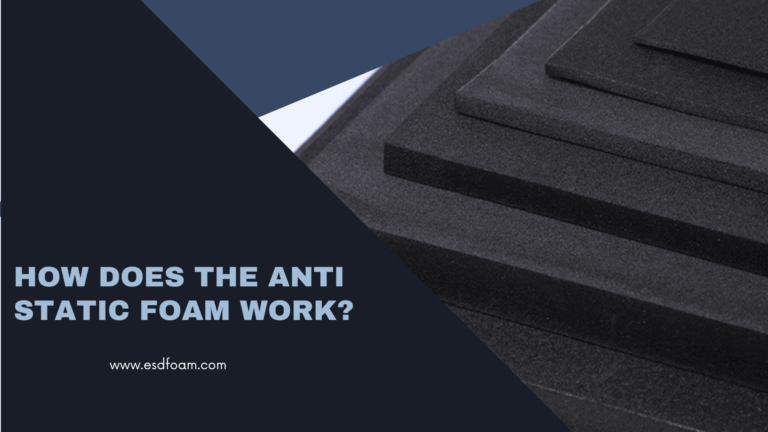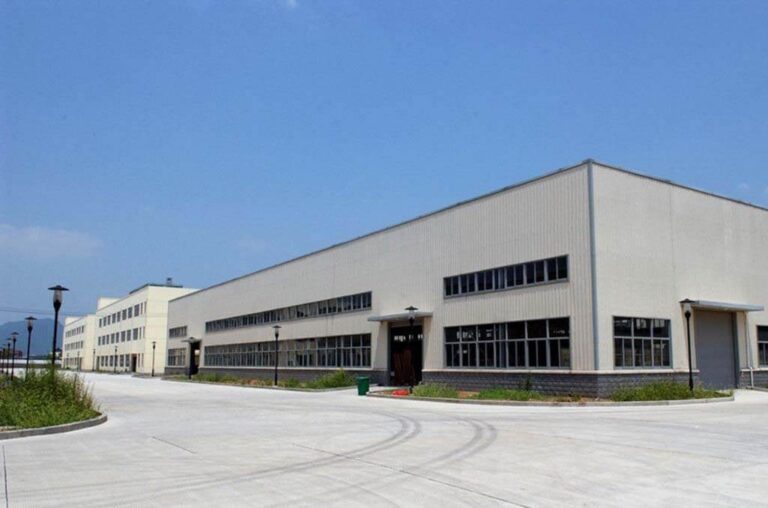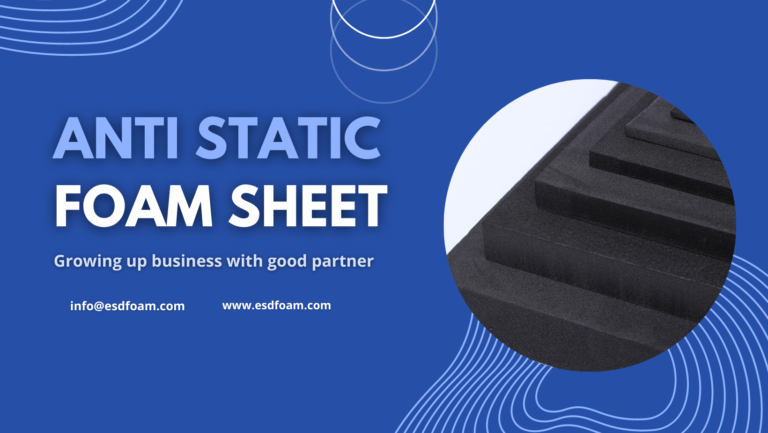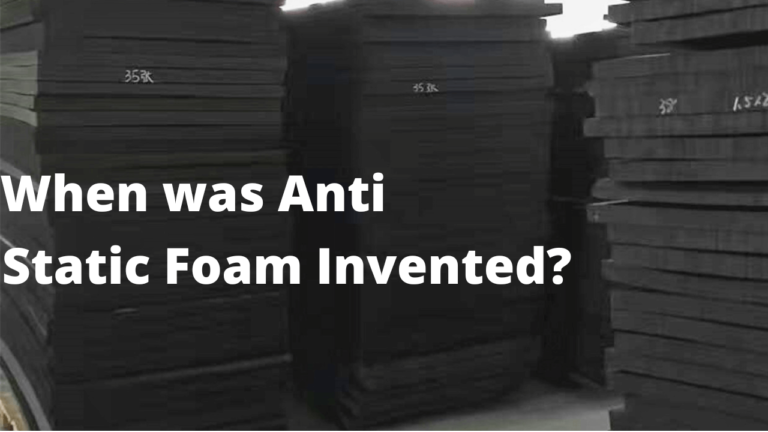Anti-static foam is often more expensive than regular foam due to the additional materials and processes required to make it conductive or dissipative. The manufacturing process for anti-static foam typically involves adding conductive or dissipative materials, such as carbon or metallic particles, to the foam, which increases the cost of the raw materials.
In addition, the production of anti-static foam requires specialized equipment and processes to ensure that the foam meets the required specifications for conductivity or dissipation. This can add to the cost of production and increase the price of the final product.
Anti-static foam is also often used in applications where protecting sensitive electronic components from electrostatic discharge (ESD) is critical. In these applications, the cost of the anti-static foam is small compared to the cost of the equipment or components it is protecting. As a result, manufacturers may charge a premium for anti-static foam to reflect the value it provides in protecting expensive electronic components.
Overall, the cost of anti-static foam is influenced by a variety of factors, including the cost of raw materials, the specialized production processes required, and the value it provides in protecting sensitive electronic components from electrostatic discharge. While anti-static foam may be more expensive than regular foam, the added cost is often justified by its ability to protect valuable equipment and prevent costly damage from ESD.





